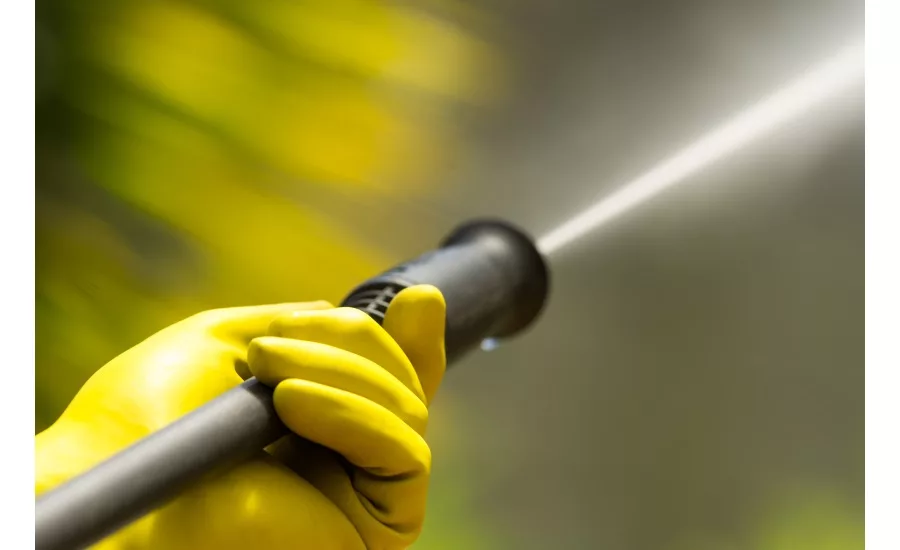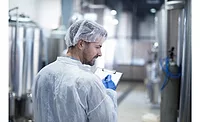Conserving water in sanitation programs: three ways to start saving

With EPA regulations on wastewater and FSMA in place, food safety processors can face challenges in meeting food safety standards while saving on costs related to water use and wastewater treatment. Given that food processing equipment uses large amounts of water—carcass washing cabinets upwards of 300 gallons per minute, for example—it’s important that food processors take measures to get ahead of costs that can result from water waste. Fortunately, there are a number of ways to do so.
1. Maintain nozzles and equipment
If not functioning at its peak, equipment that uses water can quickly become equipment that wastes water. Damaged nozzles are common and frequently contribute to the amount of water wasted in a food processing plant, sometimes several gallons per minute. That makes regularly checking and replacing water nozzles especially important—water nozzles should be checked monthly and replaced every six months to a year. Even if nozzles aren’t damaged, food processors can still make adjustments to the volume of water used and ensure that nozzles are set to the right pressure or flow rate.
Other equipment, such as heat exchangers and swivel assemblies, can also contribute to excessive use of water. Food processors should regularly inspect heat exchangers to make sure they’re operating efficiently and check swivel assemblies for kinks that could cause leaks.
2. Invest in automating the sanitation process
Automating the sanitation process is the most effective way to preserve water and decrease energy costs in food processing plants. In fact, using equipment that automates sanitation can result in water savings between 30 and 50 percent, which can have ripple effects in saving other types of energy. With less overall water use comes less wastewater (and less chemicals used to treat it), processors will save money on heating water for sanitation, as well.
Another benefit of automating the sanitation process is that the equipment can include reporting capabilities food processors can use to monitor water use and easily identify water waste. Because this technology provides data that food processors can use to track water use, they are better able to conserve water and more effectively meet sustainability goals.
Looking for quick answers on food safety topics?
Try Ask FSM, our new smart AI search tool.
Ask FSM →
3. Consult a food safety expert
Consulting a food safety expert provides food processors with specialized knowledge about sanitation automation and can help identify areas in a facility that could be contributing to water waste. Food safety experts provide insight on how processors can conserve water while still maintaining proper sanitation standards.









